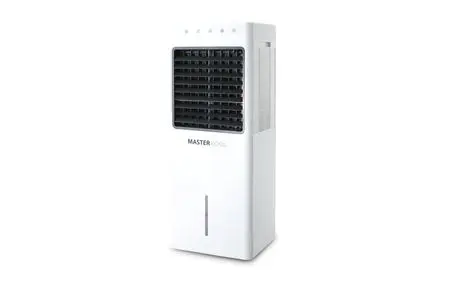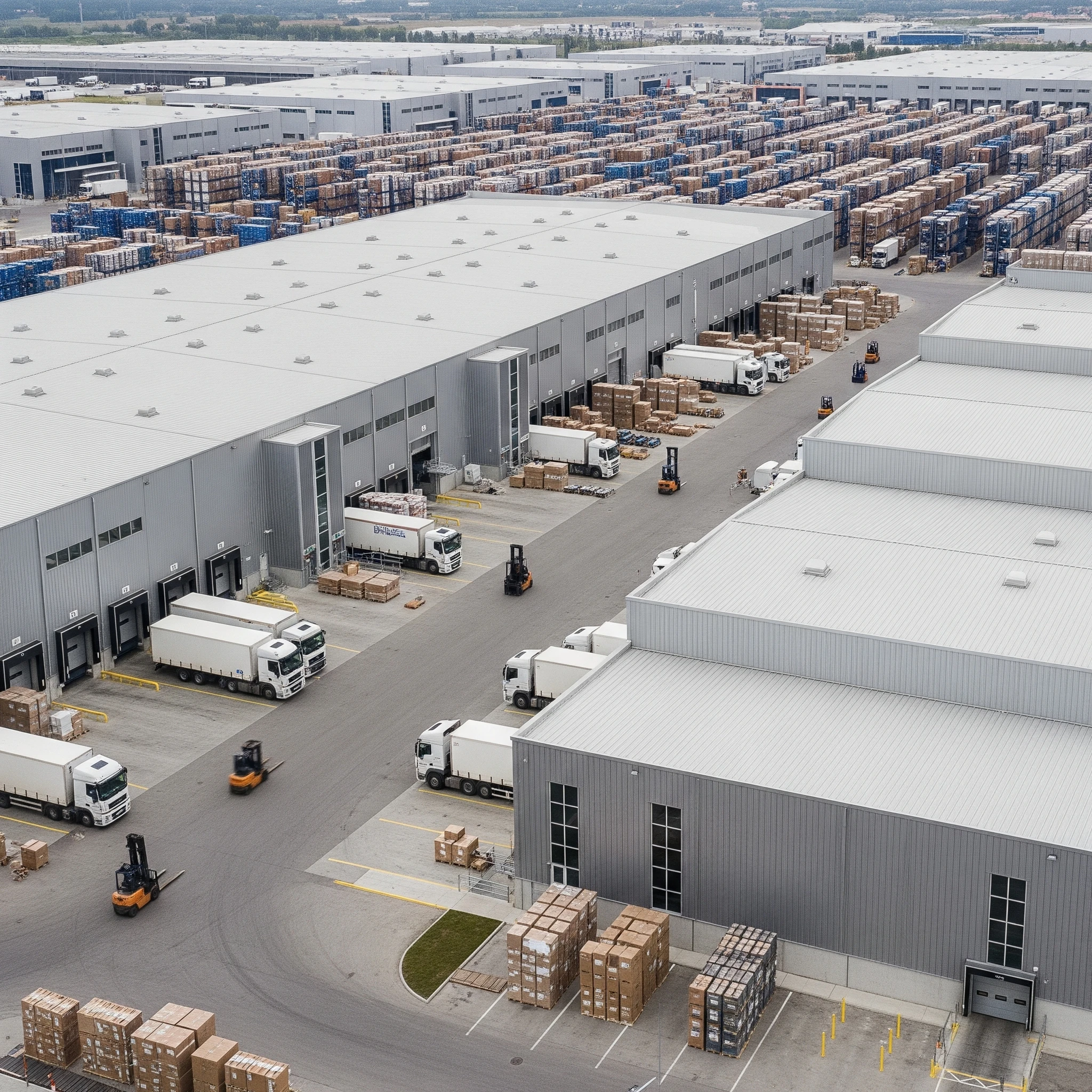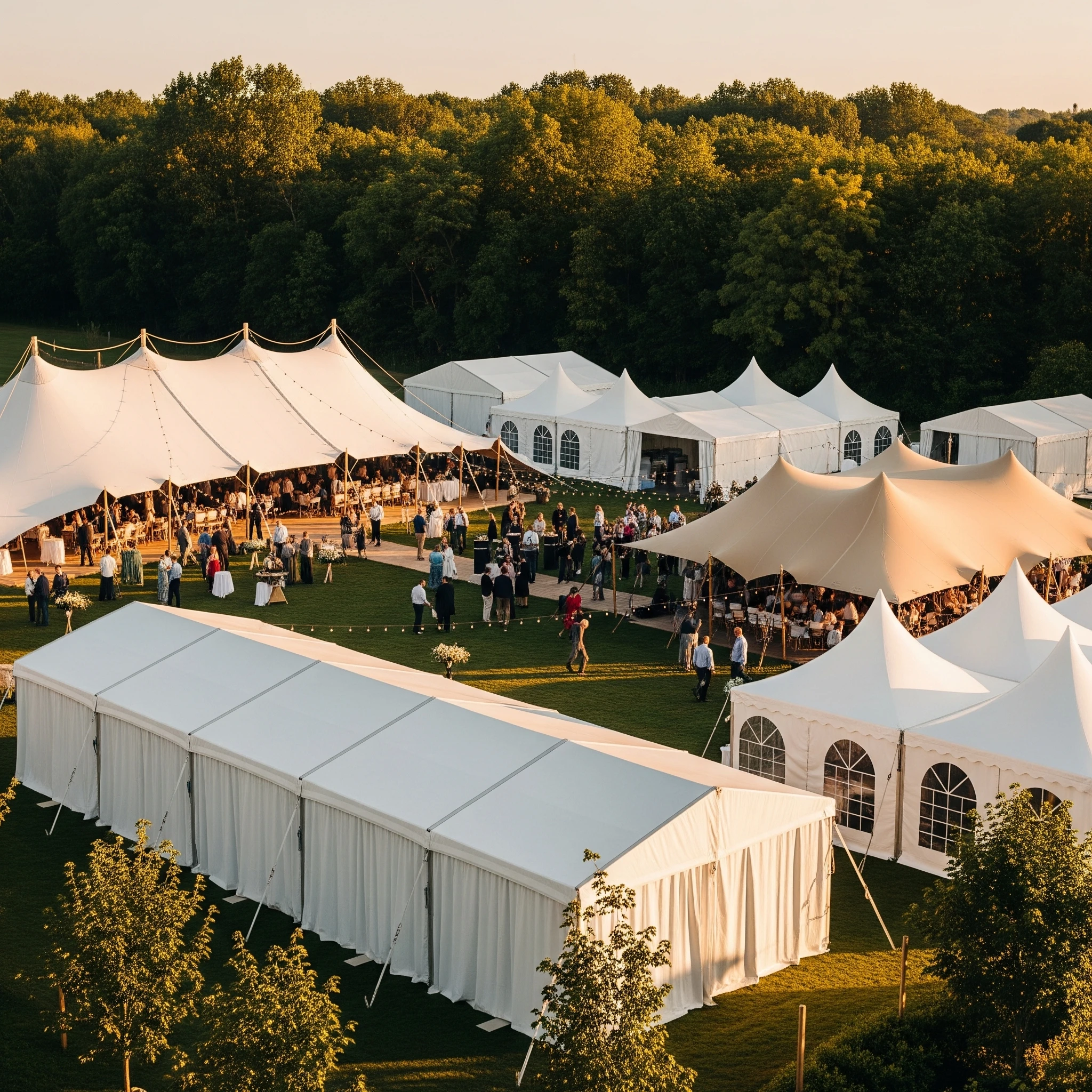 Free delivery on orders over £75 ex VAT
Free delivery on orders over £75 ex VAT Free click & collect from branches nationwide
Free click & collect from branches nationwideEvaporative coolers are a superb alternative to air conditioning units for industrial and large commercial applications. A cost-effective and environmentally friendly cooling solution, these innovative systems provide a sustainable way to keep the workspace comfortable while reducing energy costs.
Here at City Plumbing, we explore the many advantages of using evaporative coolers and just why they’re an ideal solution for businesses and organisations looking to take precise control of indoor temperature and those searching for more consistent cooling at all times.
What are Evaporative Coolers?
Evaporative coolers, also known as swamp coolers or air coolers, work by drawing warm air through water-soaked pads. As the air passes through the pads, the water evaporates, which cools and humidifies the air before circulating it throughout the space. This natural process results in a significant drop in temperature without the need for harmful chemicals or refrigerants.
How Do Evaporative Coolers Work?
- Water Evaporation: Evaporative coolers contain a water reservoir and water-saturated pads (often made of materials like excelsior or cellulose). A pump circulates water from the reservoir over these pads, keeping them wet.
- Air Intake: A fan draws warm, dry air from the outside (or from the room for portable units) into the cooler.
- Heat Absorption and Cooling: As the warm air passes through the wet pads, the water on the pads evaporates. This process requires energy, and that energy is absorbed from the surrounding air in the form of heat. This conversion of sensible heat (the heat you feel) into latent heat (heat absorbed by the water vapor) causes the air temperature to drop.
- Cooled, Humidified Air Output: The now-cooler and slightly more humid air is then blown into the room or distributed through ductwork.

Why Choose Evaporative Coolers for Industrial and Large Commercial Applications?
- Energy Efficiency: Evaporative coolers consume up to 75% less energy than traditional air conditioning systems, because they primarily power a fan and a small water pump, making them a cost-effective cooling solution for large spaces.
- Environmentally Friendly: By using only water and natural air movement, evaporative coolers have a minimal impact on the environment. They don't use chemical refrigerants like CFCs or HFCs, that can be harmful to the environment.
- Improved Air Quality: Evaporative coolers help to filter out dust, pollen, and other allergens from the air, creating a healthier working environment for employees.
- Add Humidity: Unlike air conditioners which dehumidify, evaporative coolers add moisture to the air. This can be beneficial in very dry environments for comfort.
- Easy Maintenance: These systems are easy to install and require minimal maintenance, saving customers time and money in the long run.
- Flexibility: Evaporative coolers can be used in a variety of settings, from warehouses and factories to offices and retail spaces, making them a versatile cooling solution.
Most Beneficial Places To Use Evaporative Coolers
Large, Open, or Semi-Open Industrial and Commercial Spaces
Warehouses and Logistics Centres: These buildings often have large volumes of air, high heat loads from machinery, and frequently open doors and loading bays. Evaporative coolers can maintain comfortable working conditions without needing to seal the building.
Factories and Production Facilities: Similar to warehouses, these spaces often have high heat generation from processes and equipment. Evaporative cooling can create a much more comfortable environment for workers, improving morale and productivity.
Workshops and Automotive Garages: With large open doors and the presence of fumes and heat sources, evaporative coolers offer fresh air circulation and cooling that traditional AC struggles to provide in such open environments.
Agricultural Buildings (e.g. farm buildings, dairies, poultry farms, stables): Where ventilation and temperature control are important for animal welfare or product storage, evaporative coolers offer a natural and cost-effective solution.
Sports and Leisure Centres/Gyms: These venues have high occupancy and often large, open spaces. Evaporative coolers can provide fresh, cooled air for comfort.
Commercial Kitchens and Laundries: Areas with significant heat and moisture generation can benefit from the ventilation and cooling provided.
Garden Centres: Often semi-open and can get very warm, making evaporative coolers a good fit.

Specific, Well-Ventilated Commercial Spaces
Well-ventilated Shops and Offices: While generally not ideal for fully enclosed, small office spaces due to humidity concerns, larger, well-ventilated retail or office areas might find them suitable, especially if there's a good airflow strategy to prevent humidity build-up.
Temporary Buildings/Tents for Events: For outdoor events or temporary structures, portable evaporative coolers can offer significant relief without the need for complex AC installations.

Buy Evaporative Coolers At City Plumbing
City Plumbing sells a spectacular selection of evaporative coolers including models from the industry-renowned brand Masterkool. With sizes ranging from small to large, as well as some wonderfully low prices, our evaporative coolers are high efficiency quiet runners and ultimately a reliable cooling solution for customers during the summer months.
Help Customers Cool Down The Workplace This Summer
For specific large, open, or semi-open environments, evaporative coolers offer a very compelling, low-energy cooling solution. With their eco-friendly operation, cost-effective cooling, and easy maintenance, evaporative coolers are the ideal choice for businesses looking to stay cool and comfortable while reducing their environmental impact.
So, help your customers make the switch to evaporative cooling today and experience the fantastic benefits these coolers have to offer.

FAQs About Evaporative Coolers
How Do Evaporative Coolers Differ from Air Conditioners?
The key differences are:
- Mechanism: Evaporative coolers use water evaporation, air conditioners use refrigerants and a compressor.
- Humidity: Evaporative coolers add humidity to the air, air conditioners remove it.
- Ventilation: Evaporative coolers need fresh air intake and often work best with open windows/doors, air conditioners require sealed spaces to be efficient.
- Energy Consumption: Evaporative coolers are significantly more energy-efficient and cheaper to run.
- Environmental Impact: Evaporative coolers use no harmful chemical refrigerants.
Do Evaporative Coolers Work Well in the UK?
It depends on the specific conditions. They work best in hot and dry climates. While the UK experiences hot days, it can also be quite humid. On dry, hot days, they can be very effective, dropping temperatures significantly (e.g. 8-10°C drop) On humid days, their effectiveness is reduced, and they may make the air feel clammy if used in an unventilated space.
Can Evaporative Coolers Be Used in the Home?
Evaporative coolers are less suitable for general use in the home in sealed residential homes or small enclosed spaces. For consistent comfort during most UK summer conditions, traditional air conditioners (even portable ones) are often a more reliable solution, as they actively remove humidity.
What Humidity Level Is Too High for an Evaporative Cooler?
Generally, evaporative coolers are most effective when relative humidity is 60% or less. As humidity rises, their cooling capacity diminishes. In very high humidity (e.g. 70-80% or more) they may provide little cooling benefit beyond that of a fan, and can increase discomfort.
Do I Need to Leave Windows or Doors Open When Using an Evaporative Cooler?
Yes, absolutely. Unlike air conditioners, evaporative coolers require fresh air to be drawn in and for moist air to be expelled. This cross-ventilation is crucial for them to work effectively and prevent excessive humidity build-up indoors.
How Much Will an Evaporative Cooler Lower the Temperature in the UK?
On a hot, dry day, you might experience a temperature drop of 8 to 10°C. On more humid days, this drop will be less pronounced.
Can Evaporative Coolers Clean the Air?
Yes, the wet pads can filter out larger particles like dust and pollen from the incoming air, improving indoor air quality. Some models may have additional filtration options.
Will I Get Condensation in My Building When Using an Evaporative Cooler?
No, not if the system is properly designed and balanced with adequate ventilation. The constant airflow prevents humidity from building up to condensation-causing levels. However, in poorly ventilated, sealed rooms, condensation could be an issue.
How Much Water Do Evaporative Coolers Use?
Water consumption varies by model and ambient conditions, but a larger industrial unit might use an average of 40 litres per hour over a 24-hour period during hot weather. Portable units will use less, but still require regular refilling.
What Maintenance Do Evaporative Coolers Need?
- Weekly/Regular: Drain and refill the water tank with fresh water to reduce mineral deposits.
- Monthly/Bi-monthly: Clean the water reservoir/sump.
- Seasonally (Pre-summer & Post-summer): Thorough cleaning of the tank and internal surfaces, inspect and clean or replace cooling pads check components for frost damage if left out over winter.
- Some units may benefit from a mild disinfectant (like diluted household bleach) periodically, followed by thorough rinsing.
How Long Do Evaporative Cooler Cooling Pads Last?
This varies, but in industrial applications pads typically last 6 months to 5 years depending on usage and water quality, but annual replacement is often recommended for hygiene and efficiency)
If you’re looking for helpful advice and suggestions on choosing the best products for your customers, take a further look at our City Plumbing website for more information.

